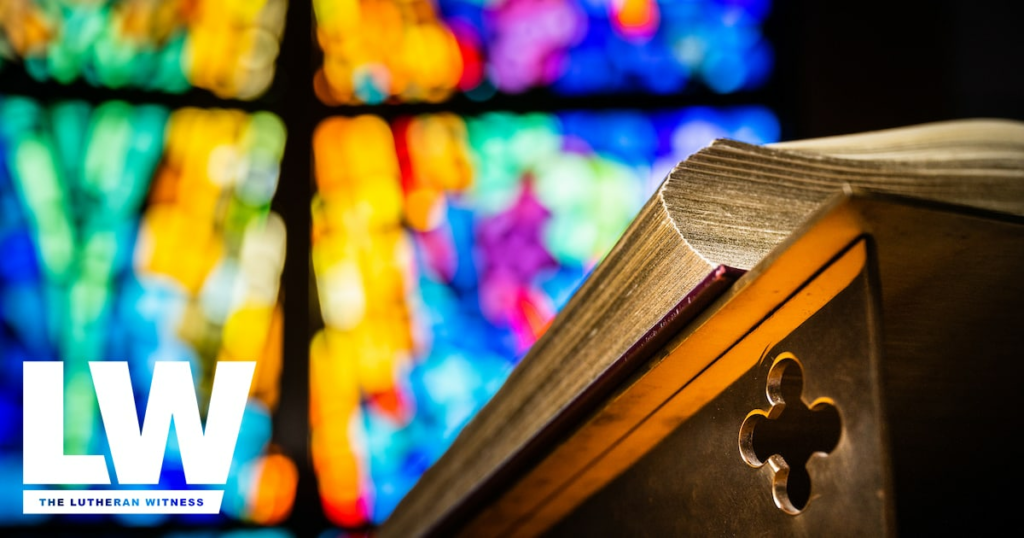by Rev. Dr. Greg Wismar
“The flowers in church today are given to the glory of God by . . .”
For most churches, having a weekly display of flowers in the chancel is a virtual expectation. Hard-working flower committees (or altar guilds or chancel societies, depending on local custom) see to it that appropriately arranged flowers adorn the altar area of the sanctuary. In performing this labor of floral love, these dedicated workers continue a long-established church traditionone too often taken for granted.
Flowers have a long association with God’s house and with His Word. The Old Testament has many references to the beauty of blossoms. One of the loveliest expressions in Scripture is in the Song of Solomon in the words of the “beloved one” who says, “For behold, the winter is past; the rain is over and gone. The flowers appear on the earth, the time of singing has come” (Song of Solomon 2:1112).
References to flowers are found in the words of the prophets, such as Isaiah, who says that “The wilderness and the dry land shall be glad; the desert shall rejoice and blossom like the crocus” (Is. 35:1) and Hosea, who says of Israel: “He shall blossom like the lily” (Hosea 14:5). In the New Testament, the Sermon on the Mount recorded in Matthew’s Gospel contains words of Jesus regarding flowers: “Consider the lilies of the field, how they grow . . . even Solomon in all his glory was not arrayed like one of these” (Matt. 6:28, 29). Flowers have always been a most special part of God’s good creation, bringing joy to His people.
The appearance of flowers as a special feature in Christian churches began in the first Christian centuries. The Early Church had special regard for the sacrifice of their lives given by the first martyrs. Often, these martyrs were buried near or under the altars of the first churches, and flowers were brought to remember and honor them. Flowers were seen to have a special association with paradise and with the martyrs. In a special vision, the martyr Saint Perpetua, who is commemorated in Lutheran churches March 7, saw heaven as a “vast space like a pleasure garden, having rose trees and every kind of flower.” Often in our churches today, flowers are given “in loving memory” of a certain individual, keeping alive this ancient Church custom.
As the centuries passed, the use of flowers in churches served practical as well as commemorative functions. Flowers added a beauty of scent to the worship area. Writing in the sixth century, Venantius Fortunatus, author of such well-loved hymns as “The Royal Banners Forward Go” (LSB 455) and “Christ is Arisen” (LSB 459) wrote: “In the Spring, when our Lord conquered hell . . . men decorate the doors and pulpits with flowers . . . [and] arrange diverse wreaths for the fortunate altars. The flowers rival each other in their colors . . . and their scent is better than incense.”
Not only were flowers placed at the altar in the Middle Ages, but fragrant blossoms, such as lavender, sage, basil and balm were strewn on the floor so that their fragrance would be released as the plants were walked upon in the cathedrals as well as in local parish churches. Engaging all of the senses in worship is a long-standing tradition.
In the season of unfolding blossoms, it is good for us to take a special second look at the flowers in church and perhaps express a special word of appreciation to those who arrange them for our worship spaces each week. In her helpful book Flowers in Church, author Jean Taylor writes that flowers “bring life and color to the church and are a continual reminder of the wonder of the natural world created by God.” May the blossoms of May speak to our hearts and enrich our worship!
—
About the Author: The Rev. Dr. Greg Wismar is pastor emeritus of Christ the King Lutheran Church, Newtown, Conn.
May 2012





